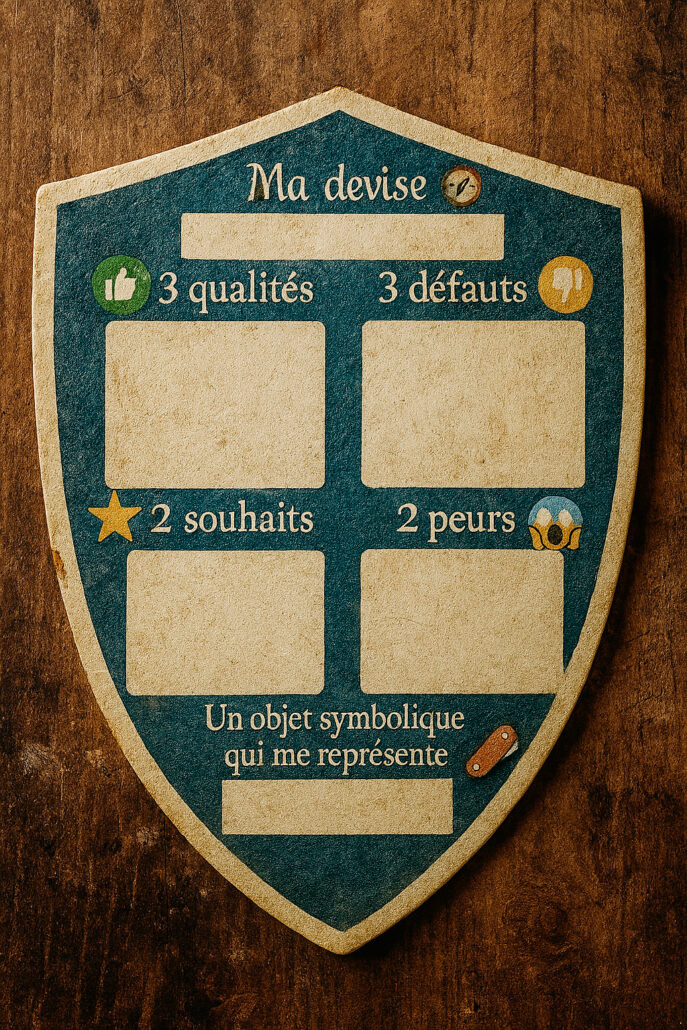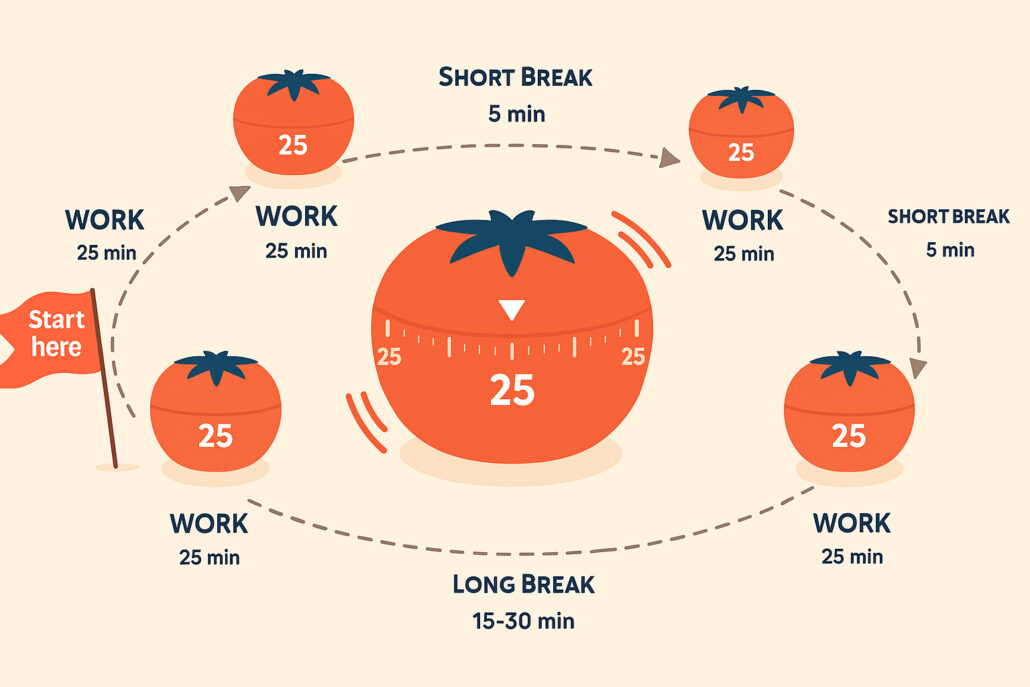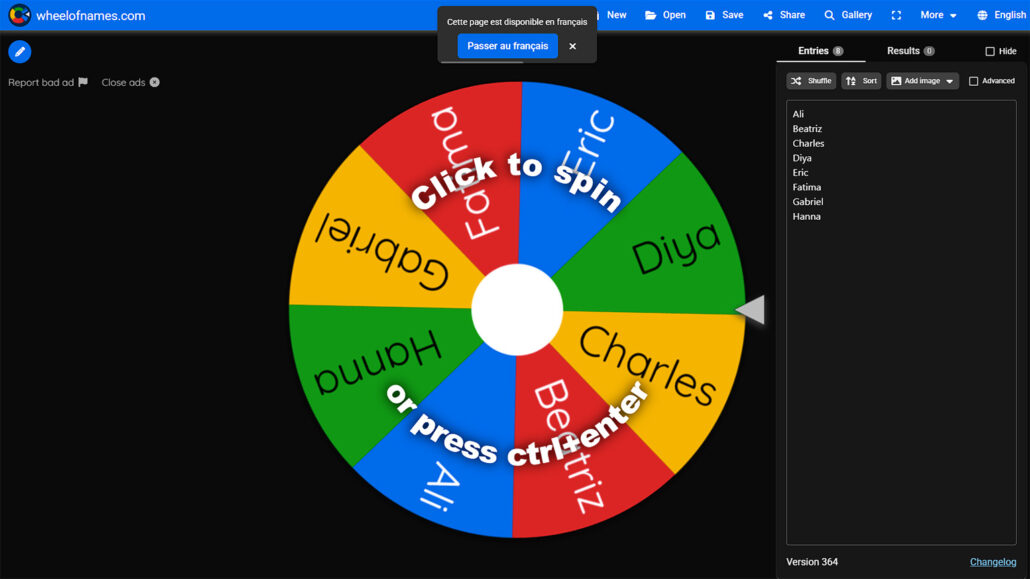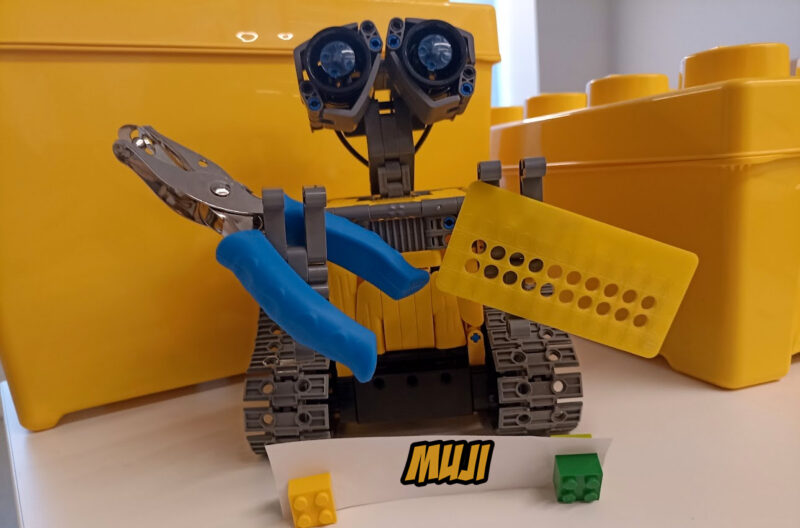My toolbox quick links :
⚠️ Disclaimer: AI — A Magical Tool, But Beware the Five Mistakes Rule
Artificial Intelligence feels like a magical trash can. You toss in rough ideas, broken texts, lesson plans, or student instructions — and out comes something shiny, structured, and often impressive. Whether it’s rewriting a case study or generating a quiz, tools like ChatGPT or Gemini make it look easy.
But don’t let the magic fool you. Here’s a rule of thumb every educator should remember:
⚠️ AI makes about five mistakes every two pages on average.
These can be factual errors, misinterpretations, tone mismatches, or awkward phrasing. That means nothing should be published without careful human review.
🚀 Amazing Uses — If You Stay in Control
AI is incredibly powerful when used wisely. Here are some great ways I integrate it into my training sessions:
-
Generating assessment questions at various cognitive levels
-
Creating flashcards and revision decks
-
Designing pedagogical escape games
-
Drafting scenarios, evaluation rubrics, and case simulations
For a structured guide to using generative AI in education, check out this reference by Réseau Canopé:
👉
Using Generative Artificial Intelligence to Design Evaluations
AI augments your teaching superpowers — it doesn’t replace them. Use it to save time, brainstorm faster, and format more efficiently, but always stay in the driver’s seat.
🎯 Breaking the Ice: Names, Bonds, and Curiosity
I’m terrible at remembering names — and that’s a problem when you’re trying to connect with your students.
So I start every new class with two icebreaker games that are fun and surprisingly effective:
🎨 The Blazon Game
Each student designs a personal coat of arms (on paper or digitally), including:
-
An animal or symbol representing them
-
A personal motto
-
A dream or ambition
-
A favorite or imaginary object
We then share and comment. This sparks laughter, insight, and story-driven name recall.

❓ “Who Do You Think Is…?” Game
Then we move to a playful guessing game:
-
“Who in this class sees themselves as a panda?”
-
“Who dreams of opening a tattoo studio?”
-
“Who once jumped out of a plane?”
Students vote or guess — then the mystery student reveals themselves. It’s fun, engaging, and builds strong name-associations from personal stories.
⏱️ Time Management: The Pomodoro Method
Today’s learners are wired for short bursts of attention. Expecting them to sit through a 4-hour lecture? That’s educational malpractice.
Enter the Pomodoro Technique, the perfect timeboxing tool for modern classrooms.

How It Works
25 minutes of focused work (lesson, task, project)
5-minute break (stretch, chat, hydrate)
After four cycles, take a longer break (15–30 minutes)
🕓 Try it here: Pomofocus.io
Why It Works
25 minutes is about the length of a Netflix episode or a YouTube binge — a natural attention span unit.
Pomodoro helps you:
Build sessions as mini-chapters
Respect attention rhythms
Integrate breaks intentionally
Longer ≠ better. Structured Pomodoro sessions are more efficient, memorable, and humane.
🎡 The Attention War: Spin the Wheel, Win the Class
When you feel attention slipping — don’t fight it. Redirect it.
One of my secret weapons is:
👉 Wheel of Names

A spinning wheel that randomly picks names — like a classroom game show.
Why It Works
Because it taps into:
Curiosity: “Who’s next?”
Surprise: Every spin is a chance
Fun pressure: “It could be me!”
How I Use It:
Randomly pick students to present, read, or summarize
Decide feedback order in group work
Select questions, rewards, or discussion topics
It’s visual, interactive, customizable — and keeps students alert.
🎮 Generate and Gamify with Gamma + Kahoot
Let’s talk about how to generate beautiful learning content and turn revision into a game.
This is my favorite combo:
A. 🧠 Gamma – AI That Builds Your Slides
Input your course outline or topic, and it generates engaging, structured slides.
⚠️ Don’t skip the planning step! Ensure you:
-
Define learning objectives clearly
-
Structure your content (intro, concepts, examples, conclusion)
-
Review tone, examples, and logical flow
Once you’re happy, export to PDF — and move to phase two.
B. 🎉 Kahoot – Quizzes That Feel Like Games
Upload your PDF into Kahoot, and it can auto-generate questions. Then refine:
-
Polish the phrasing
-
Verify correct answers
-
Tweak translations if needed
Now — you’re ready to play!
👉 Kahoot
How I Use It in Class
🧪 Round 1 – Quiz Mode
Play the quiz in class, with discussions after each question. This is the learning phase.
🕹️ Round 2, 3, 4 – Game Mode
Re-use the quiz with Kahoot’s game formats:

| Game Name | Description |
|---|---|
| Astronaut vs Robot | Space duel – speed and accuracy matter |
| Submarine Team | Collaborative journey under the sea |
| Color Kingdoms | Compete to build territories |
| Art Relax | Unlock artwork piece by piece |
These formats recycle the same questions — just like flashcards — but feel like fun.
⏳ Spaced Repetition = Retention Superpowers
According to Ebbinghaus’ forgetting curve, we forget most things in a few days without review. Kahoot games enable:
-
Automated spaced repetition
-
Effortless review
-
Retention through fun
Students replay, compete, and unconsciously memorize the essentials.
💡 Teaching Smart is Teaching Human
In an era of short attention spans, AI overload, and digital fatigue, we don’t need more tools — we need better use of them.
My go-to toolbox:
✅ Use AI wisely — a brilliant assistant, not a replacement
✅ Break the ice with storytelling and curiosity
✅ Respect attention with the Pomodoro rhythm
✅ Boost engagement with visual randomness
✅ Turn revision into games with Gamma + Kahoot
You don’t need to be perfect. Just be present, prepared, and open to experimenting.
Let me know what you think in the comments, and feel free to share your own resources!
🙌 Bonus: Resources I Recommend
If you liked this, check out these goldmines:

